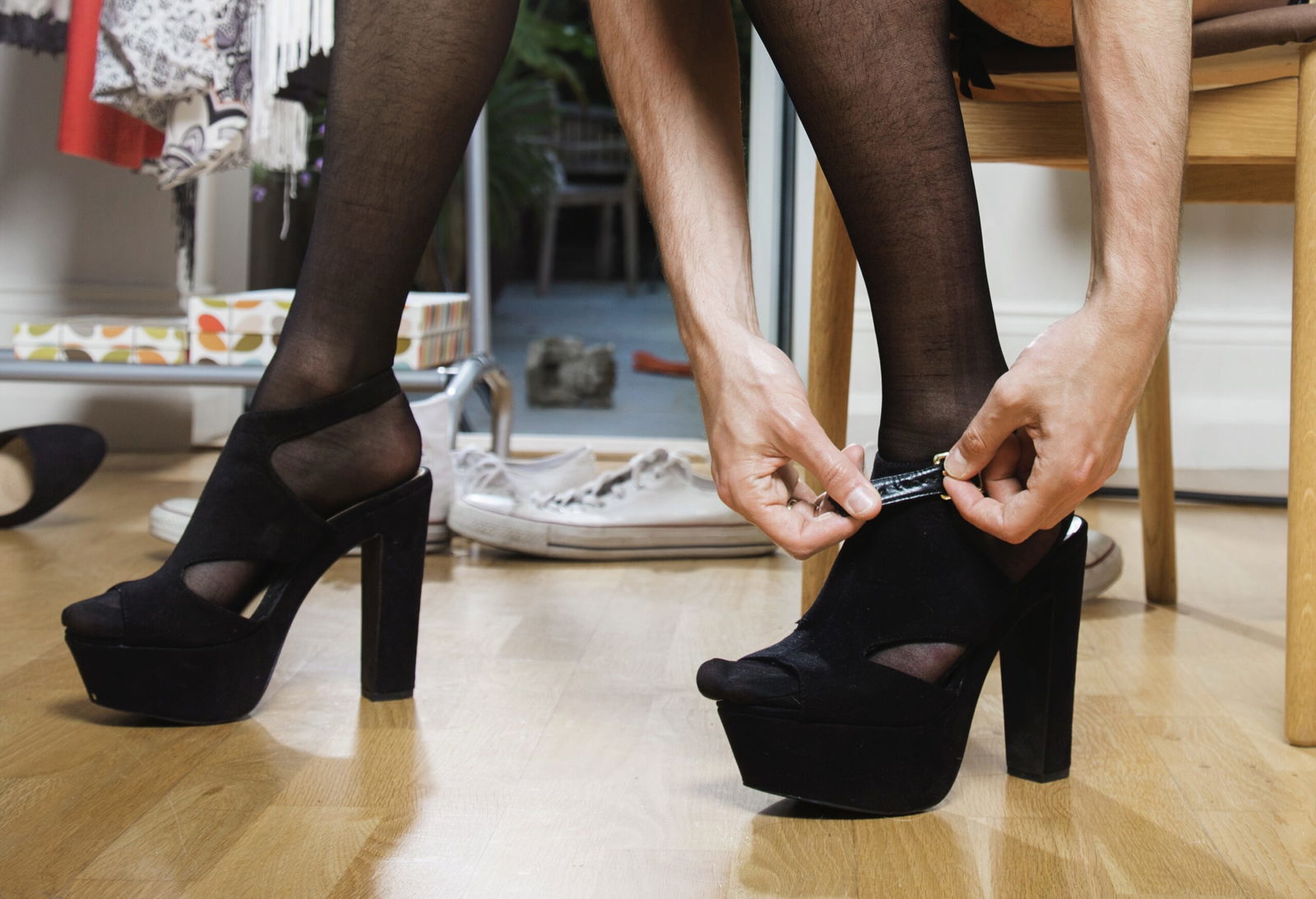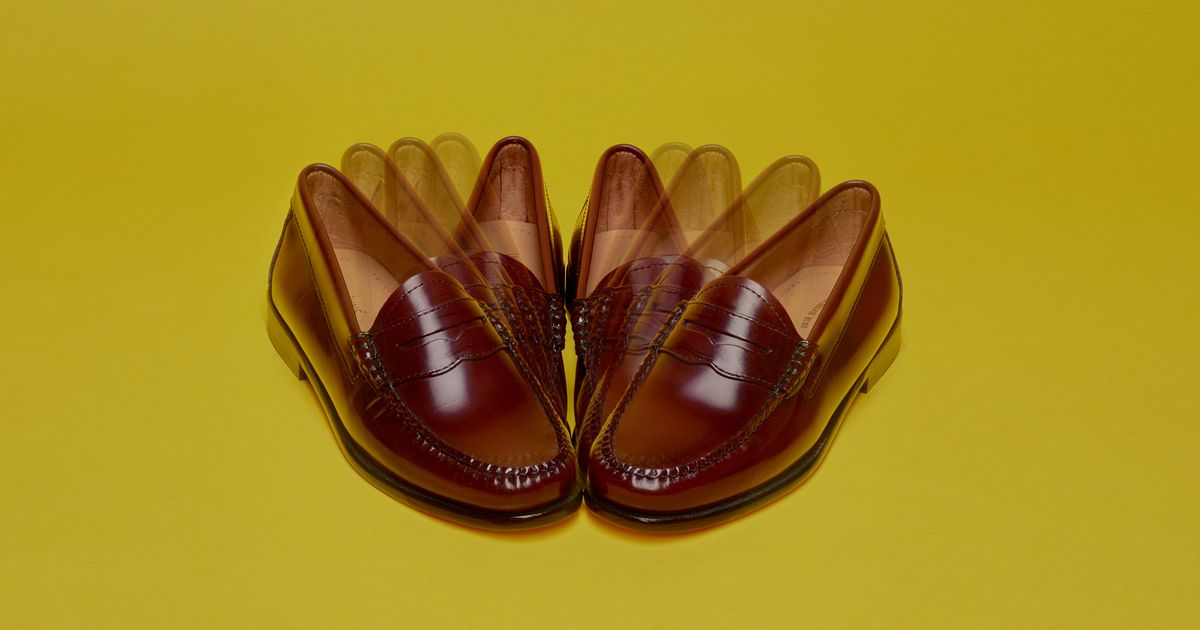March Madness: How the shoe company influence has been neutralized
For about 40 years Nike and Adidas ran college basketball. They sponsored the teams. They paid the coaches. They stocked the rosters … via everything from running vast grassroots systems in order to identify and control recruits to flat out paying players to sign with their preferred “blue blood” programs.
Their top teams, not surprisingly, dominated the game in general and March Madness in particular.
The past couple Final Fours suggest Nike’s and Adidas’ influence over the on-court results may be waning, at least to the extremes of the past.
A year after a Final Four with three first-time participants (Florida Atlantic, Miami, San Diego State), here comes three more who either have never been (Alabama), or are ending lengthy droughts that date to 1983 (North Carolina State) and 1980 (Purdue). Each of them were constructed in ways that wouldn’t have made sense even five years ago.
Connecticut, meanwhile, is back and looking for consecutive national championships, but despite a Nike deal, it has never had the shoe company lean in heavily to do its recruiting. Under Dan Hurley, like Jim Calhoun before him, the Huskies are a product of intense coaching and culture as much as anything.
It begs a question, did the confluence of NIL, the FBI and the transfer portal combine to finally break the decades-long stronghold Nike and Adidas had on college basketball?
“It’s nothing like it was,” said one connected basketball middle man. “The shoe companies have become second fiddle to NIL thinking.”
“Way less influence than pre-NIL,” said one college coach.
Establishing the pipeline
In 1977, a Nike consultant named Sonny Vaccaro offered then-UNLV head coach Jerry Tarkanian free sneakers and a $2,000 contract if he would make sure his teams wore the swoosh. Previously, UNLV, like every other college team, had to buy its players shoes. The concept was so jarring Tark wondered if it was legal. It wasn’t just legal, it was genius.
Soon Nike had college stars (and thus future NBA stars) serving as inexpensive billboards for its product. It was a simple marketing play.
Across the decades though, especially as apparel deals with schools pushed over the $100 million mark, shoe companies became wary of leaving their investment to chance. You don’t just hand out that kind of cash and leave Final Four trips to simple good fortune.
So they activated (or protected) those deals.
The companies already employed a web of company-sponsored AAU coaches in an effort to identify as early as possible a potential NBA endorser — the next Michael, Kobe or LeBron. Now they used those same people to provide recruiting entree via company-run all-star camps and national tournaments.
When needed, as a 2017 FBI investigation into the sport laid out clearly, they gave under-the-table cash to parents and used middlemen to steer the best players to their schools. The pipeline was established — maintain control over lottery picks by moving them through the system, the college game sitting in the middle between AAU ball and the NBA.
Yet it went deeper than just the superstars, although they clearly helped. Shoe companies would pay even borderline talents to surround elite players with what was needed for deep tournament runs.
Consider the case of Brian Bowen Jr., a top-50 recruit in the Class of 2017. He was very good, but hardly a big-time NBA prospect or future signature shoe guy. Yet it was revealed at a 2018 federal trial that Adidas agreed to pay Bowen’s family $100,000 for him to attend Louisville, sending a reliable perimeter scorer to a school it had signed to a nine-figure endorsement deal.
Much was made over whether Louisville coaches knew of the arrangement. Rick Pitino (like every other coach in college hoops) claimed to have no knowledge. Plenty of eyes were rolled over that, but in reality none of it mattered. Even if Pitino didn’t know, the deal still got done.
It was proof of how the old system worked, Adidas trying to rig the sport because, as it would tell you, Nike was rigging it for its top schools as well.
The result was a fairly predictable parade — many of the same old schools winning championships, or at least advancing far in the tournament. No, not all of them. And no, it wasn’t all Nike. It wasn’t all Adidas. There are too many variables for that — coaching, hard work, luck, etc.
It sure didn’t hurt to have them though. Just ask any rival coach stuck on the outside — even inside the Nike “family” there were feuds over the pecking order of who got what. You’d always rather have better recruits.
Now, though?
Gone are the gatekeepers
The sample size remains small, but it is growing. College basketball has never had such parity — even UConn lost three times this season.
Name, image and likeness allows schools (or their boosters) to make deals directly, and legally, with players and their families. No need for AAU access. No shoe company bag-man monopoly. And that works for the parents as well, who can talk directly with school collectives, free from being blackmailed for violating NCAA rules. That has limited the gatekeeping power of Nike and Adidas coaches and executives.
With everyone capable of paying, the market has exploded, driving up rates. Even an Atlantic 10 starter could fetch $200,000 these days.
Additionally, in 2017, the FBI arrested 10 men following a multiyear investigation into college basketball corruption. All were convicted and four served prison time. That included Adidas executives and consultants, effectively ending any nefarious activity there and sending a chilling message to Nike, who somehow remained untouched. No one wants to go to prison for this.
And finally there is the transfer portal, which has changed how rosters are built. Finding proven and experienced upperclassmen is now more valuable than über talented, but raw, freshmen.
“The transfer portal is the biggest deal these days,” a college coach said.
UConn, for example, is again rolling through the tournament despite losing five of its top eight players from last year’s national championship team. The Huskies boast just one player (freshman Stephon Castle) who was a top-50 recruit out of high school and their two leading scorers originally played for East Carolina and Loyola-Maryland.
Alabama’s top three scorers are transfers from Ohio, Hofstra and North Dakota State. NC State’s star big man arrived from Winthrop. Purdue has age, experience, continuity — plus 7-foot-4 Zach Edey, who was passed over by the sport’s elite coming out of high school.
Perhaps not coincidentally, three of the coaches (Hurley, Alabama’s Nate Oats and NC State’s Kevin Keatts) cut their teeth at the high school level, where systems have to change season to season due to roster churn. The fourth coach, Purdue’s Matt Painter, is merely in his 20th season at the college level, leading good, but never truly great teams until (coincidentally?) the past few years.
It would be foolish to say the “blue bloods” will never win again or dominate again. They still have massive resources and fan bases. They can and will adapt.
And maybe this is just a blip, programs from major conferences to mid-majors who never had much of a chance at Final Fours before suddenly do. Barriers have come down. This is no longer about collecting top-10 recruits and pretending they all came because they were impressed with the campus architecture.
Many college coaches, administrators and commissioners are still wailing about the evils of NIL and the portal, but their fear-mongering that this would result in the “rich getting richer” and throw the sport’s competitive balance out of whack has proven to be comically (and predictably) wrong thus far.
It’s the exact opposite.
Roster construction is undoubtedly more chaotic. More players are making more money. Change is constant.
Yet, was it somehow better when a few shoe companies had their fingers on the scale?
Wasn’t that the rich staying richer?
link






